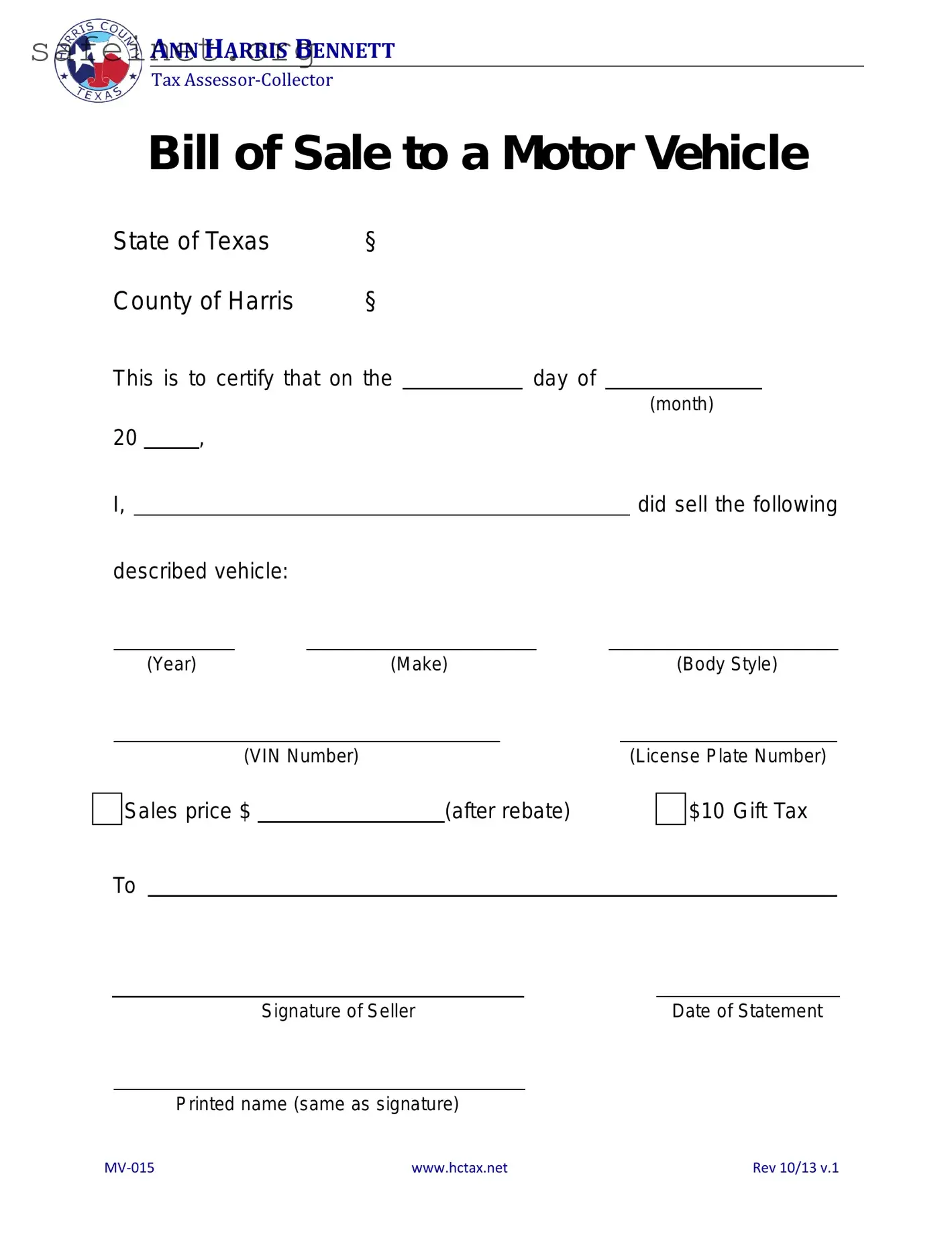What is the BOS MV-015 form?
The BOS MV-015 form is used for specific vehicle transaction purposes, such as registering a vehicle, transferring ownership, or applying for a title in certain jurisdictions. It collects essential information about the vehicle and the parties involved in the transaction.
Who needs to fill out the BOS MV-015 form?
This form is primarily for individuals or entities involved in buying, selling, or registering a vehicle. This includes vehicle owners, buyers, sellers, and sometimes lienholders. Depending on the situation, either the seller or buyer may need to complete it.
What information is required on the BOS MV-015 form?
Commonly required information includes the vehicle identification number (VIN), make, model, year of manufacture, odometer reading, and details of the buyer and seller. Additional information may be necessary depending on the transaction type and local regulations.
Is there a fee associated with submitting the BOS MV-015 form?
Fees can vary based on the jurisdiction and the purpose of the form. Some states may charge a registration fee or a transfer fee related to the transaction. Always check with your local DMV or appropriate authority for the specific fees that apply.
How can I obtain the BOS MV-015 form?
The BOS MV-015 form can typically be obtained from the website of your local Department of Motor Vehicles (DMV) or equivalent agency. Some offices may also provide hard copies at their locations. Ensure you are using the most current version of the form.
Can I submit the BOS MV-015 form online?
Submitting the BOS MV-015 form online depends on the policies of your local DMV. Some jurisdictions allow online submission, while others require a physical submission. Check your DMV’s website for available options and guidelines.
How long does it take to process the BOS MV-015 form?
The processing time for the BOS MV-015 form can vary. Factors include the workload of the DMV and the complexity of the transaction. Generally, processing can take anywhere from a few days to several weeks. It is advisable to inquire directly with your DMV for more specific timelines.
What happens if I do not fill out the BOS MV-015 form?
If you do not complete the BOS MV-015 form when required, you may face legal issues regarding vehicle ownership or registration. Transactions may be considered incomplete, and you could be unable to establish clear ownership or complete necessary vehicle changes.
Can I amend the information provided on the BOS MV-015 form?
Yes, if you discover an error after submission, you may need to contact your local DMV to find out the process for correcting it. Some corrections may be made directly, while others could require additional documentation.
What should I do if I have further questions about the BOS MV-015 form?
If you have additional questions, consider reaching out to your local DMV or equivalent agency. They can provide guidance specific to your area and situation. Resources are also available on many DMV websites to help answer common inquiries.

